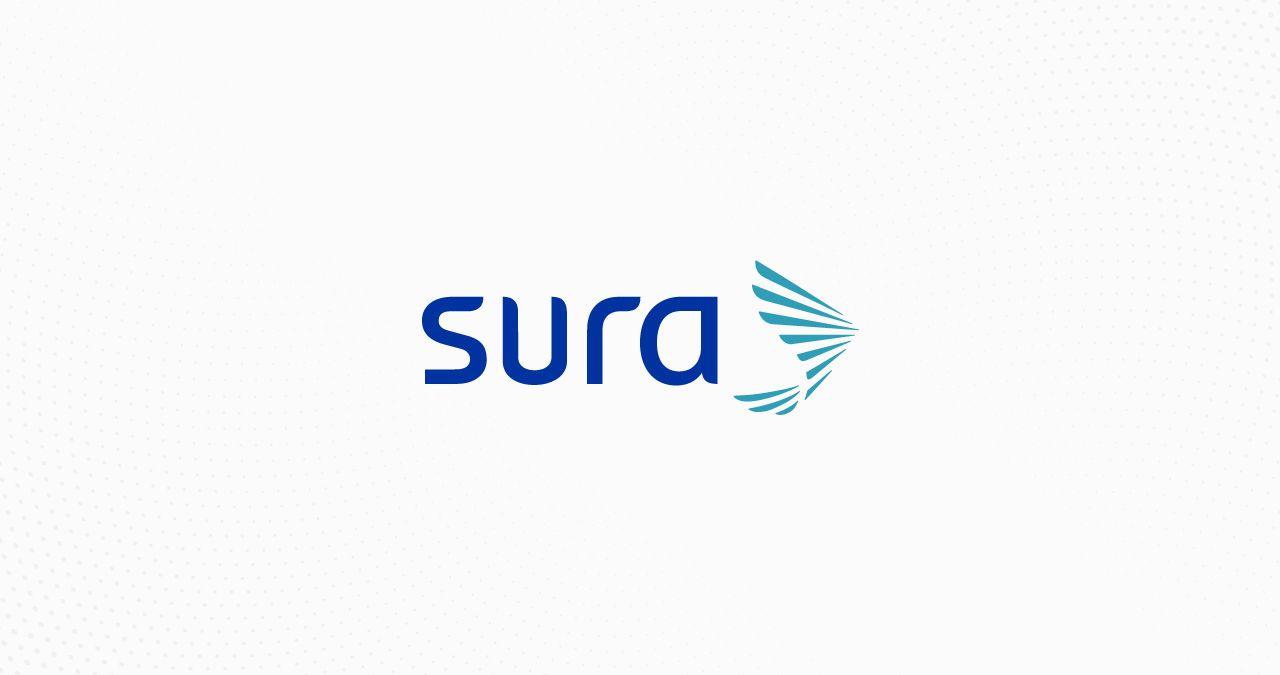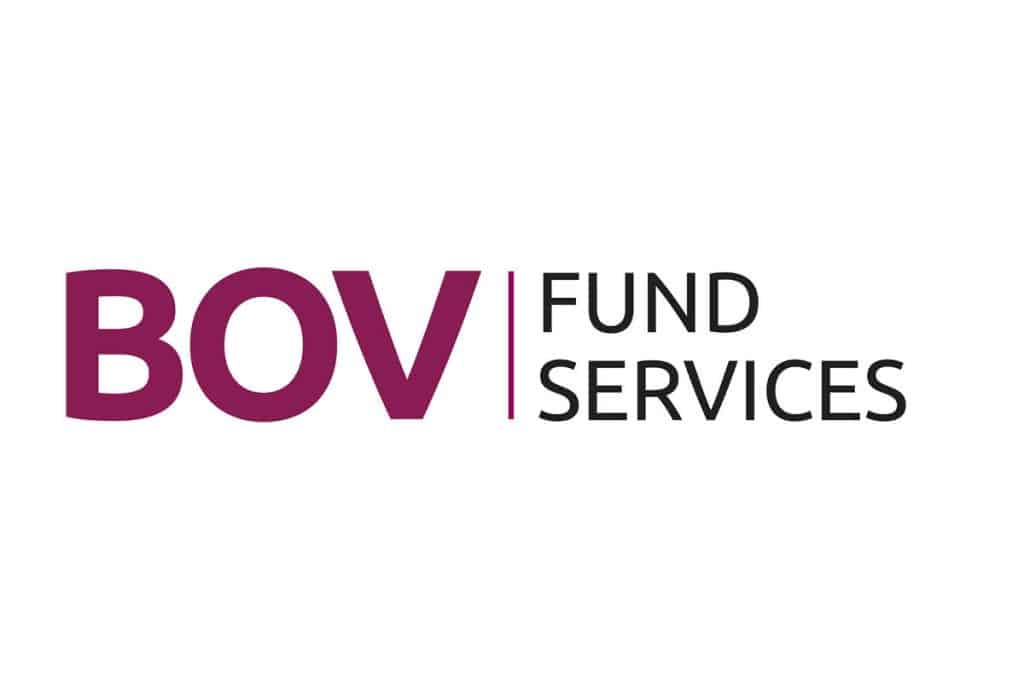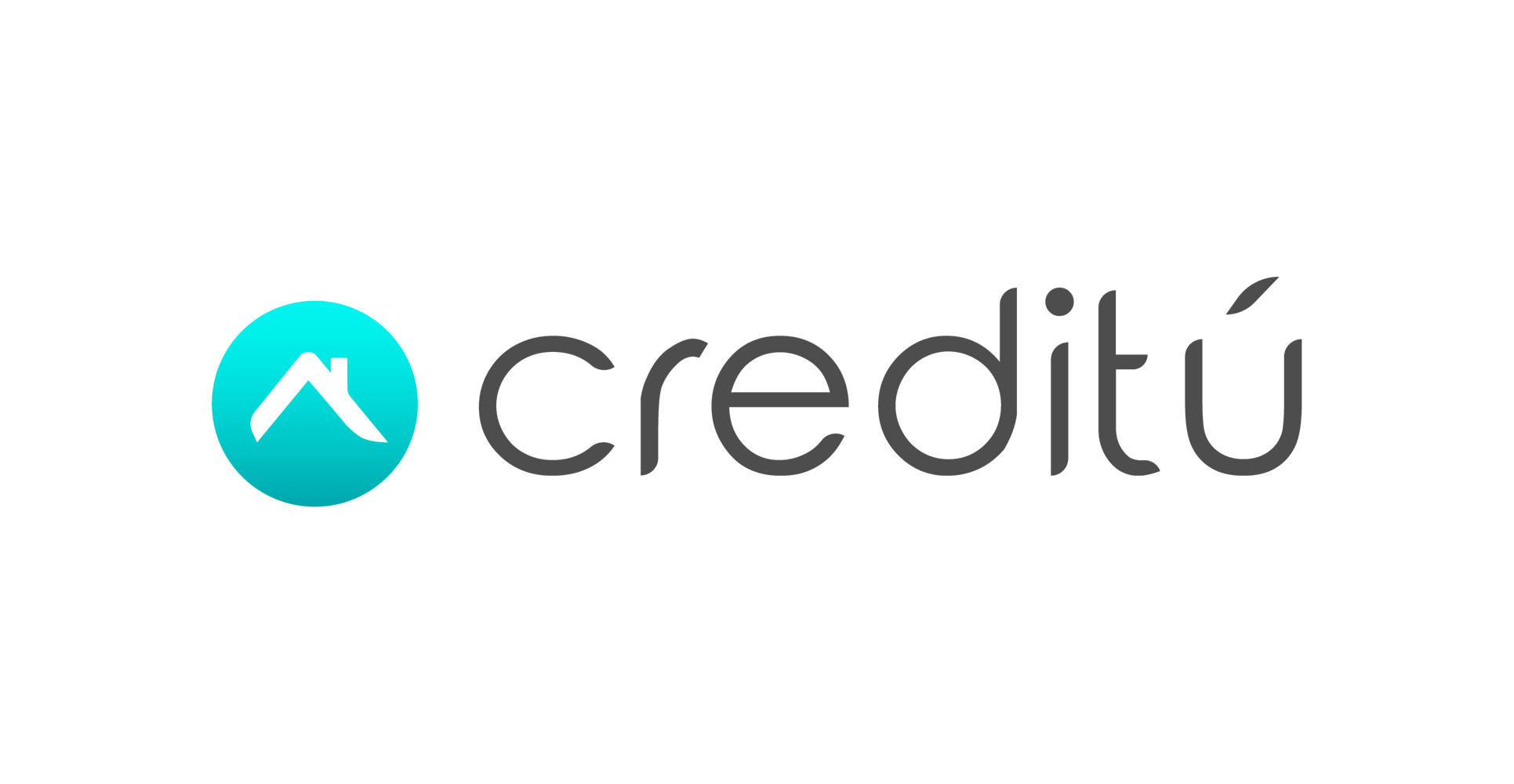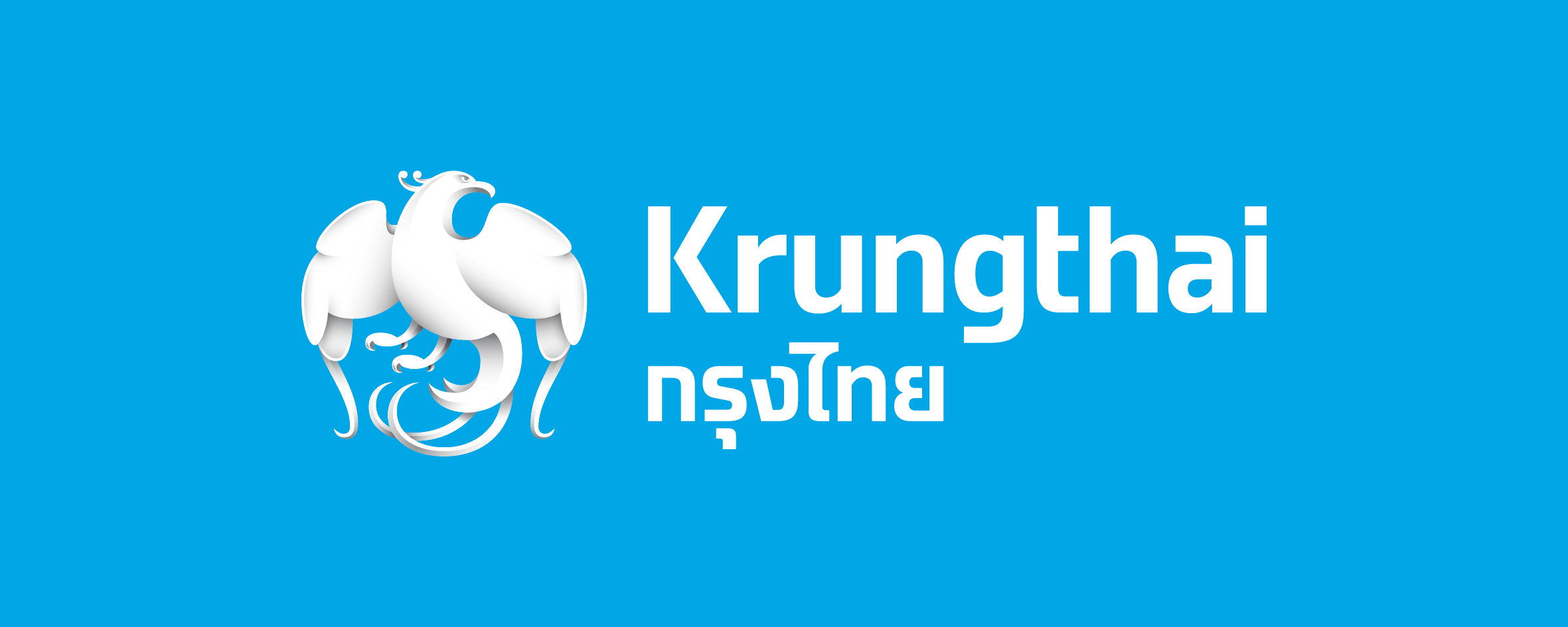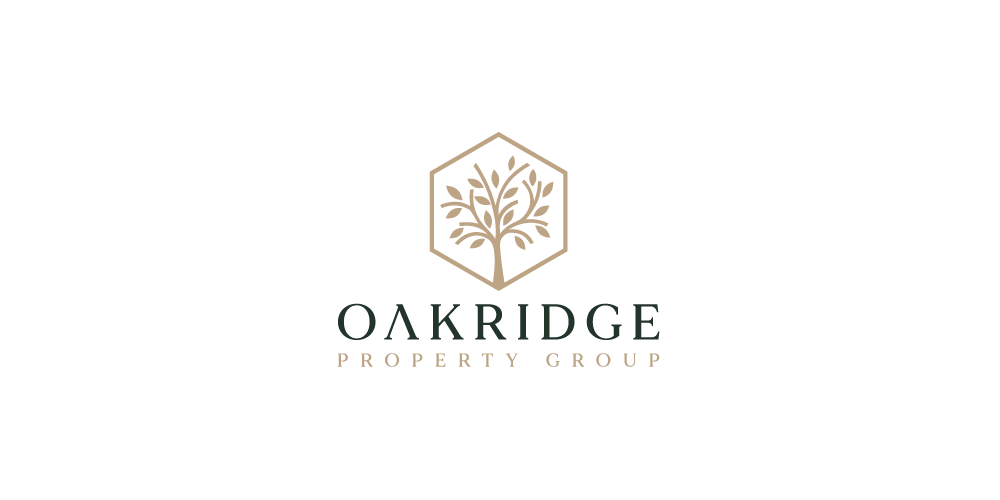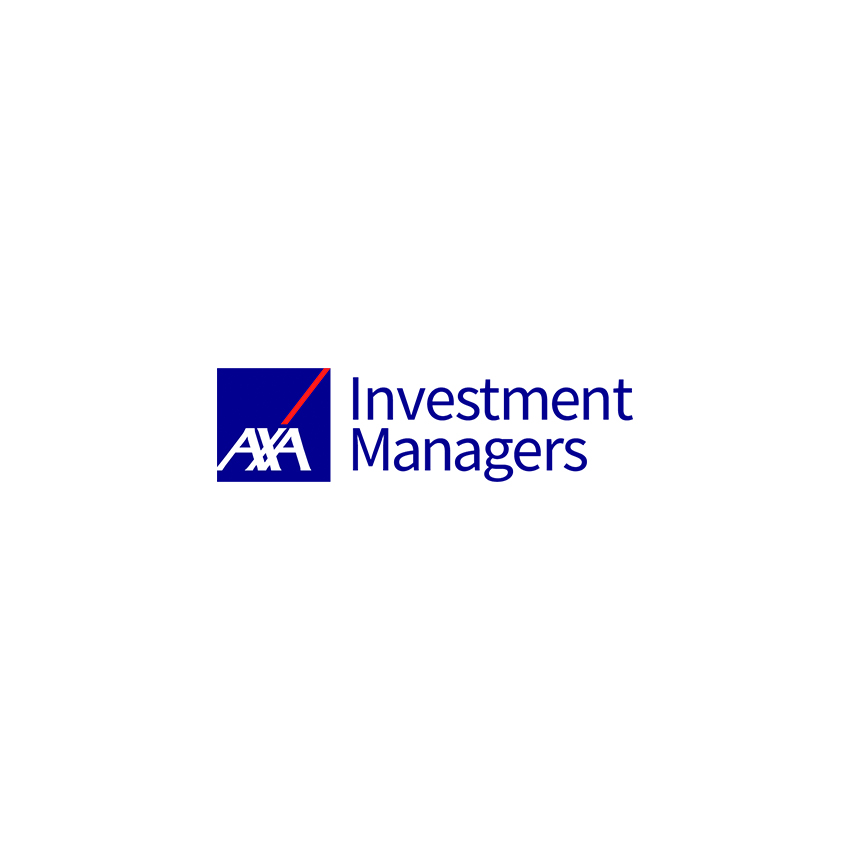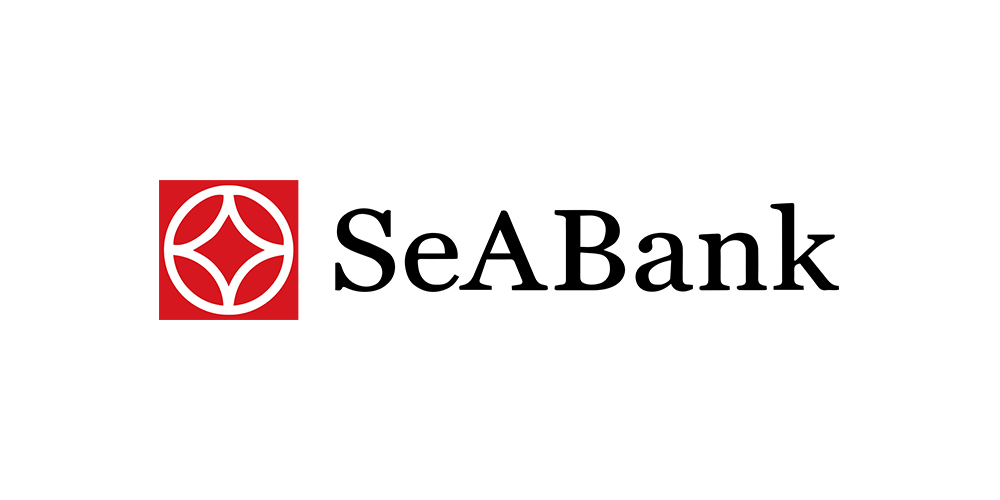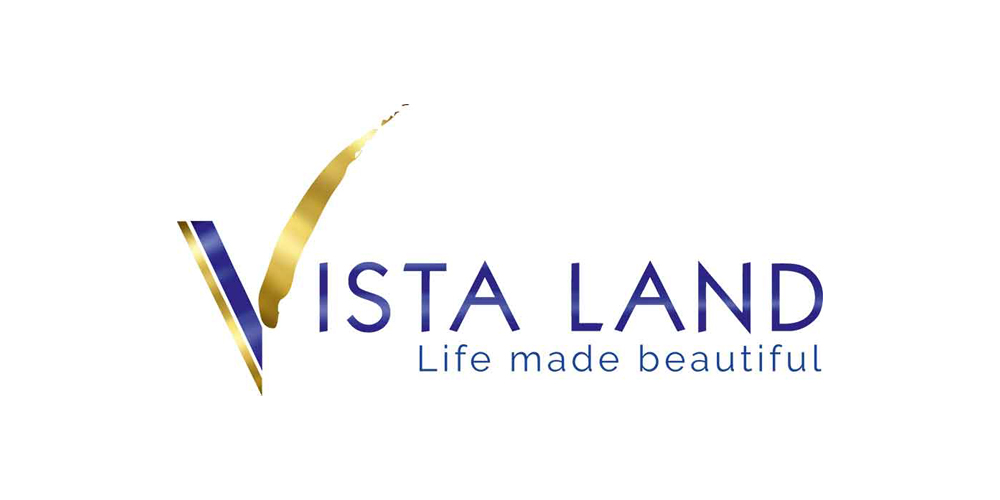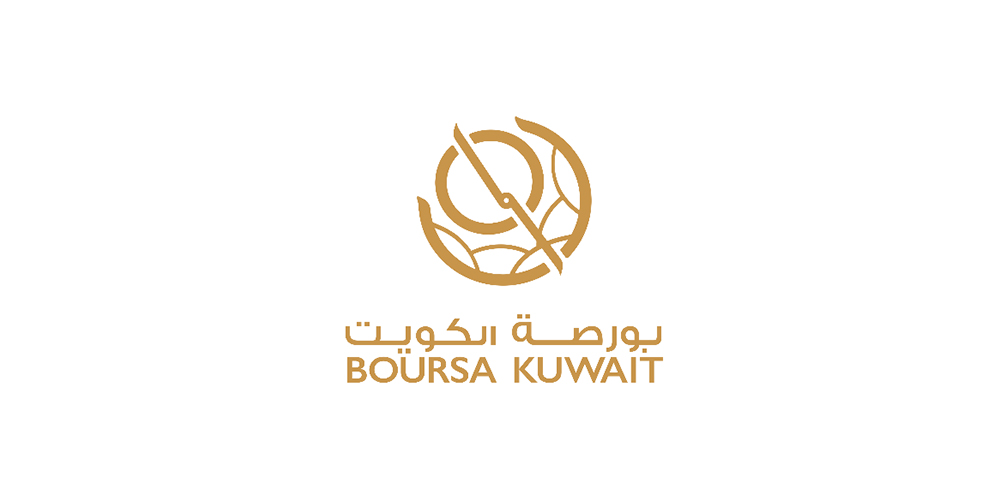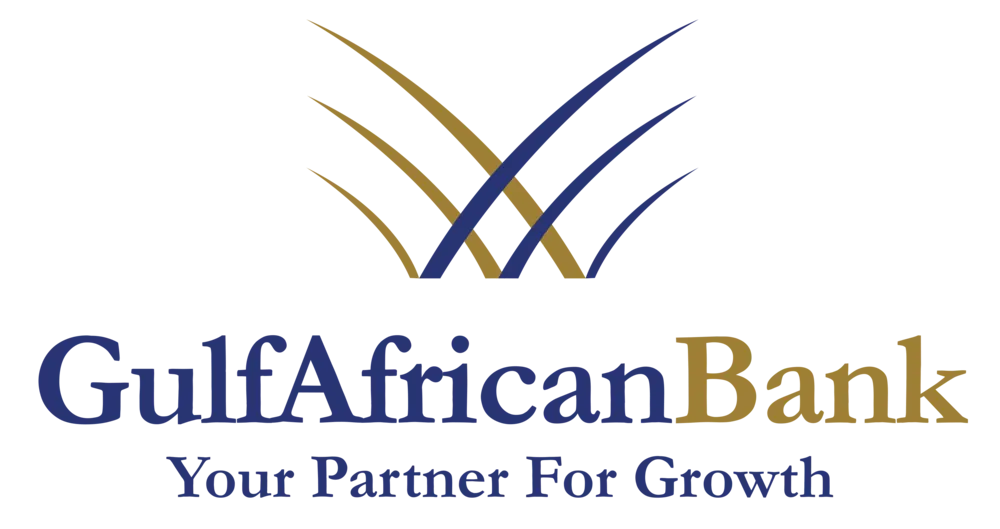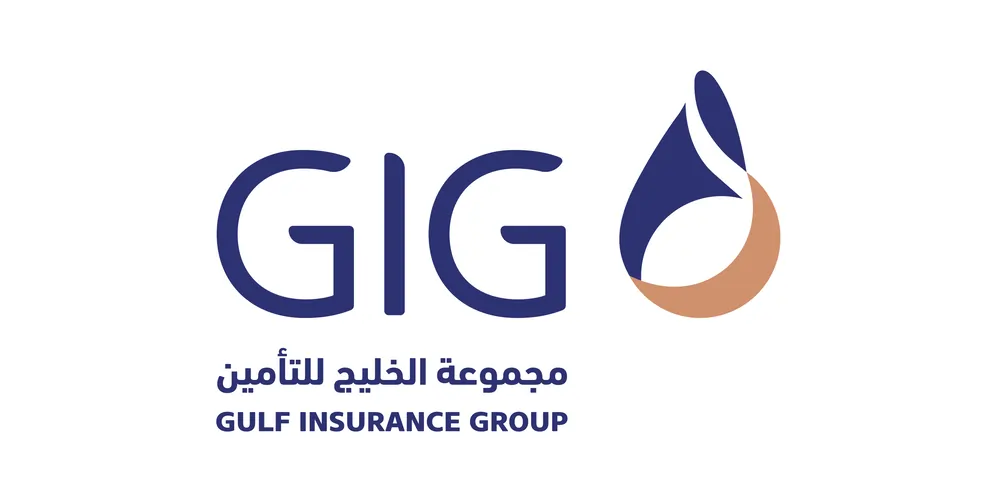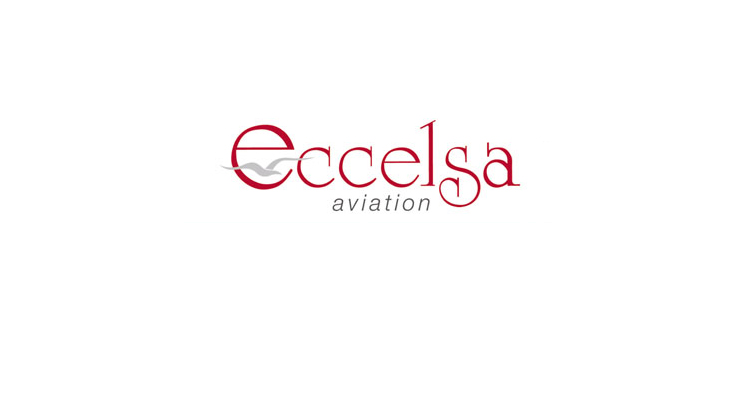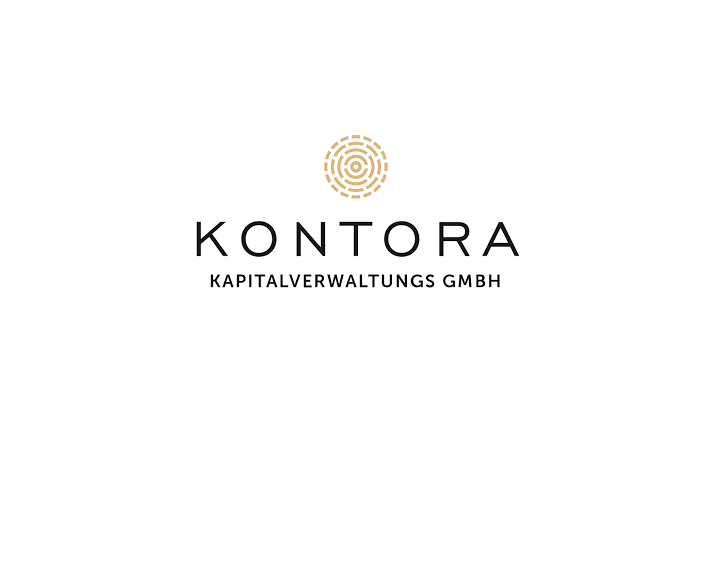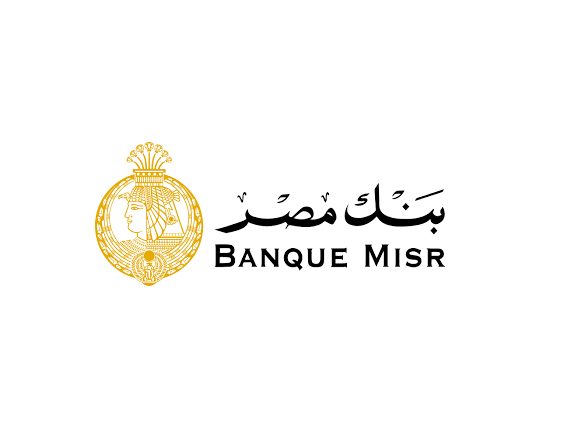Perseverance Is A Virtue… Until You’re Stuck In A Career

John E. Kaye
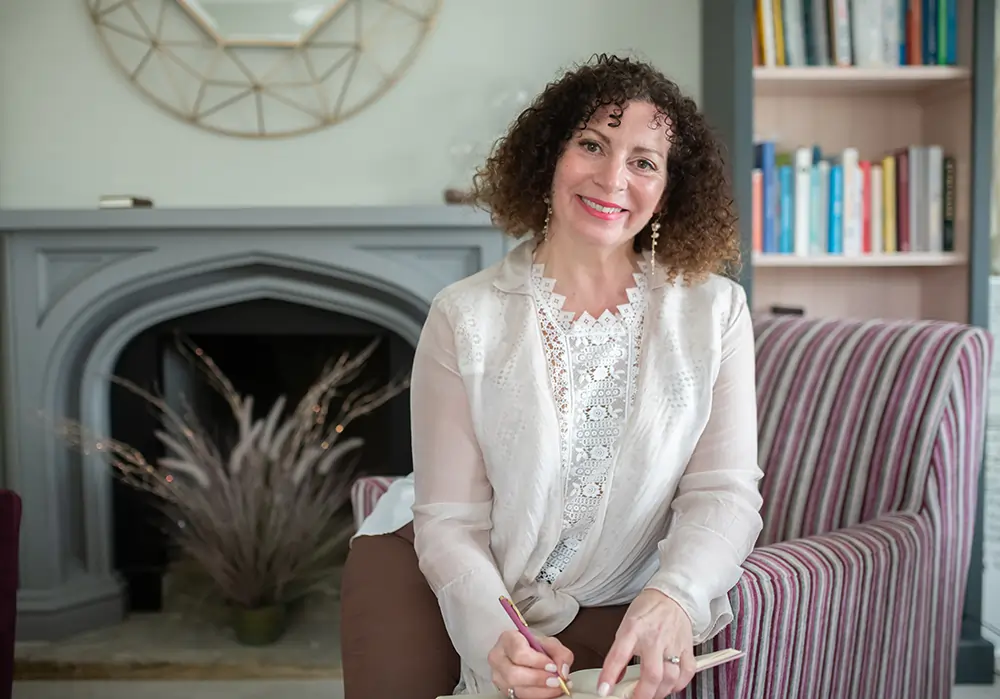
If you’re feeling unfulfilled in your work then the much-vaunted professional virtue of perseverance is actually a poisoned chalice says leadership coach, narrative therapist, and career redesign expert Helen Hanison, author of new guide Unstuck
By Helen Hanison
Perseverance, resilience, grit—the cornerstones of success, or so we’re told.
As a positive psychology practitioner, narrative therapist, and leadership coach deeply immersed in the psychology of human behaviour, I’ve long been a believer in the power of perseverance and resilience.
After all, I’ve seen countless individuals overcome seemingly insurmountable challenges through sheer determination and commitment.
And in the workplace, careerists who demonstrate unwavering commitment and tenacity are often lauded and rewarded for their dedication.
Lately, however, I’ve found myself questioning whether our unwavering dedication to the value of perseverance may actually be doing us more harm than good.
The Dark Side of Perseverance
In her seminal book Grit, Angela Duckworth extols the virtues of perseverance, arguing that it’s not just about falling in love with what you do but staying in love.
While I wholeheartedly agree with Duckworth’s premise, I’ve come to realise that there’s a darker side to perseverance—one that few are willing to acknowledge.
Consider the case of a successful professional who finds themselves increasingly bored and unfulfilled in their career. They’ve dedicated years—perhaps decades—to mastering their craft, yet something feels amiss.
This sense of discontentment is not a luxury problem; it’s a sign that something fundamental has shifted and dissonance is setting in.
Spotting the Signs
In my coaching practice, I’ve encountered numerous clients who, like the professional mentioned above, are grappling with the decision to stay or leave. They’ve honed their perseverance to a fine art, but now they find themselves at a career crossroads, unsure of which path to take.
And, to my thinking, the path to follow is not the one we have kept heading down these many years. As many as 90 per cent of the thousands of the professionals I have spoken with have admitted that long-term perseverance didn’t ultimately rekindle their love for their career.
Far from it; it had a pronounced negative impact—not only in their professional lives but also with their personal lives and mental and emotional wellbeing. Burnout, anxiety, depression, and a profound sense of disillusionment are all-too-common consequences when we remain in an unfulfilling career for too long.
Recognising when it’s time to break free from the status quo requires a willingness to stop and think twice. It means acknowledging that perseverance alone may not be enough to sustain us when our sense of purpose and values no longer align with our work.
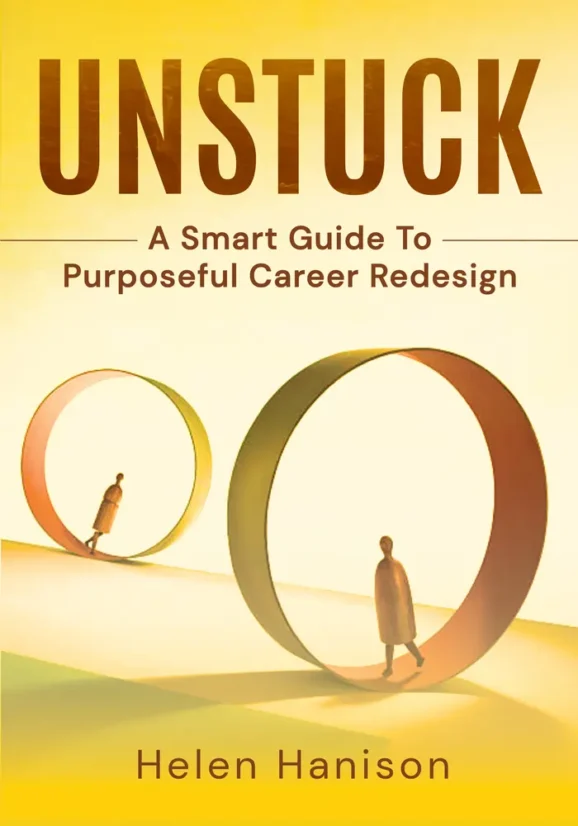
In a world where career paths can often feel like a labyrinth of uncertainty, Hanison’s Unstuck is the ultimate how-to guide for those ready to do things differently and take control of their own purpose-driven, professional destinies.
The Solution: Purposeful Career Redesign
Purposeful career redesign offers a transformative solution for those seeking to realign what they do with what matters to them most. It’s about more than just finding a new job; it’s about crafting a career that brings genuine meaning and fulfilment to every aspect of your life.
But embarking on the journey requires courage—the courage to confront the uncomfortable truths about our current situation, and the courage to take disruptive steps towards change. It’s not a decision to be taken lightly, but for those who are ready to take the plunge, the rewards can be immense.
Navigating the Stories We Tell Ourselves
Too often, we’re held back by the stories we tell ourselves—the narratives that keep us trapped in a cycle of unhappiness and dissatisfaction. Whether it’s the belief that we must never give up or the notion that success requires sacrifice, these stories can blind us to the possibilities that lie beyond our comfort zone.
But what if we were to challenge these stories? What if we dared to believe that we are in control of our own destiny? What if we could harness the power of our perseverance to chart a new course, one that leads to greater fulfilment and happiness?
Actionable Advice for Breaking Free
If you find yourself feeling stuck in a career that no longer brings you joy, here are some actionable steps you can take to break free from the status quo:
- Reflect on your values and what feels purposeful: Take some time to reflect on what truly matters to you and what brings you fulfilment. Consider how your current career aligns with these values and strengths, and identify any areas of misalignment.
- Explore new opportunities: Don’t be afraid to explore new career paths and opportunities that align more closely with your values and repurpose your strengths. A series of pilot tests designed to follow your curiosity—such as collecting speculative conversations with people who are already operating in the space you wish you could move into—can feel like following breadcrumbs that lead you towards new possibilities.
- Seek support: Consider working with a leadership coach or mentor who can provide guidance, support, and accountability as you navigate this journey of self-awareness and purposeful career redesign.
- Take small steps: Breaking free from the status quo can be daunting, so focus on taking small, manageable steps towards your wanted change. Your closest route to transformation will come from knowing that every small, safe step forward brings you closer to a more fulfilling future.
Powering Past Perseverance
Perseverance, resilience, grit—undoubtedly important values, but they’re not the only ones that matter.
Sometimes, it takes more courage to let go than to hold on and to embrace change rather than cling to the familiar.
Thankfully, there are many resources available to help you navigate this journey, including my new book, a smart guide to becoming unstuck, and the purposeful career redesign course I offer to professionals ready to take that all-important next step.
Those who have crossed from perseverance to career redesign haven’t looked back with regret. Instead, they’ve rediscovered an important but easily forgotten truth: our work is not just a means to an end but something that should spark the enviable feeling of being alive and aligned with who we are and what we do.
Unstuck: A Smart Guide to Purposeful Career Redesign by Helen Hanison (GameChanger Publishing) is available on Amazon in paperback, hardcover, and eBook formats, priced £11.99, 18.99, and £6.99 respectively. To purchase a copy, click here. For more information, visit www.helenhanison.com or join Helen’s career redesign community on LinkedIn.
Unstuck For Words: An Interview With Leadership Coach Helen Hanison
If you’re ready to get unstuck and pursue a career that realigns what you do with what matters most to you then leadership coach Helen Hanison has you covered with her new guide Unstuck and online coaching course, Purposeful Career Redesign. We spoke to her to find out more about stuckness and career transformation.

Q. Why is it important to become unstuck?
A. Living with stuckness is something people are a little too good at. Society often pushes us to stick to a career path chosen in our youth, emphasising perseverance despite increasing unhappiness. This cultural ethos can lead us to endure growing dissatisfaction, akin to daily ingesting a bit more poison until retirement. This persistent dissonance erodes our well-being, as we perform roles misaligned with our values and beliefs.
The challenge lies in recognising the need to get unstuck. Often, what we do gets out of sync with our evolving values, or we realise that only certain aspects of our role truly inspire us. Persisting in an outdated role is depleting and costly in the long run. While determination and resilience are admirable, they can lead to negative consequences if applied in the wrong context. Assessing the costs and benefits of continuing in a given situation is essential.
It can feel confronting but it’s crucial to recognise when perseverance isn’t the best course of action. Sometimes, the bravest step is to acknowledge the need for change. Creating a new path that aligns with our intrinsic motivations leads to genuine fulfilment and an aligned career transformation.
Q. How do you get unstuck?
A. The first step to getting unstuck is recognising that you are stuck. This may sound obvious, but even the smartest, most career-oriented people can struggle to accept this feeling. Stuckness is neither obvious nor comfortable. Many of my clients have tried various solutions to fix their career issues—often involving a career shift or a change of company. Initially, this provides relief, but soon they realise they’ve carried their core problem with them, merely encountering a new version of the same issue.
This is when it’s crucial to reflect deeply on what you bring to your career, what you need from it, and honestly assess what’s holding you back. At this point in a coaching relationship, I discuss creating a ‘career compass’. The first component is taking stock of your strengths. Next, we unpack what you give value to and identify what feels purposeful in your work. This leads to the career clarity needed to create a new, exciting career plan that matches your ambition to thrive..
Having a purposeful path forward and understanding why it matters is essential to making congruent career choices. Knowing what you need from a career redesign will guide you in pursuing the transformation you want, one small, safe step at a time. This clarity and purpose become the foundation for more fulfilling and aligned career decisions.
Q. What about if you’ve just entered the workforce and don’t like the career path. Should you wait and see?
A. It’s important to understand what you don’t like about a career path that feels wrong no matter how much or little experience you have. Sometimes, early careerists will already know they weren’t ever that interested in their starter role. Other times, career builders will have felt genuine excitement only to be disappointed by the reality of their junior role after time has eroded their enthusiasm. So, there is no one-size-fit tool to answer the question about whether it’s wise to wait and see.
I would never encourage anyone who is clear that they are unhappy to stick to the status quo. However, I think it’s important to hesitate and gather the kind of self-awareness that helps you understand why a career path or role feels dissonant. There will be nuances to dig into for everyone. Perhaps it’s about bad boss behaviour, or it might be the nature of the role itself. Sometimes there are some hard yards when you’re junior, but it can feel entirely acceptable to tolerate those if you view them as necessary building blocks to some future role you would thrive in.
Creating a career compass works equally powerfully for those who have just entered the workforce because it’s about cultivating self-awareness about those strengths you bring as well as what you need and what matters most about what you do for work. Once you have a way of checking in with yourself and arriving at that kind of certainty, you’re much more empowered to curate a resonant path forward, whether that’s about accruing training experience and expertise in one small area so you can build further in that direction as you move forwards or whether it’s a much more significant pivot you choose to pursue.
Q. In your book you talk about the ‘success trap’. What is that?
A. In my experience as a leadership coach there are many different versions of career stuckness. The success trap is one that doesn’t seem so apparent from the outside. When I work with seasoned professionals who are smart and accomplished people, they’ve succeeded in their professional lane as well, which means they are well remunerated and well respected. In fact, most people they know would look in from the outside and call them successful.
I have a slightly different perspective on what success looks like and I unapologetically hold a bigger vision for those I work with than they often do for themselves at the outset of our work together. I think if they are well-established and senior in a career that feels bankrupt of all meaning, to the point that unhappiness at work is bleeding into the other areas of life and poisoning everything, then it isn’t success.
However, while these committed careerists often explain to me how unhappy they feel— speaking about the great emotional cost this is having and the unwanted ripple effects in their wider world—they add that they have responsibilities and obligations, and can’t waste all these years or decades spent succeeding, building credibility, and becoming specialist only to disrupt that. And there it is, a very real success trap.
For me, success is actually about feeling alive and aligned as you do work that feels purposeful to you. So, when someone I’m in conversation with feels stuck in a success trap, we start to explore the transferable benefit from all their career experience so far. Perhaps there are other sectors which would find their insights invaluable. What if they could repurpose their considerable skill set and enviable experience and point it all at work that also really matters to them? For me, that would be success.
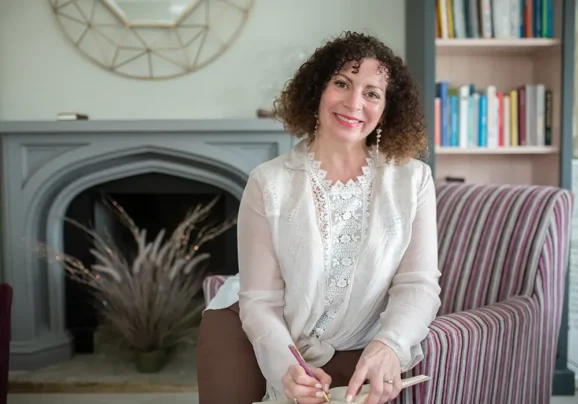
Leadership coach Helen Hanison has written Unstuck to help professionals take the reins of their own successful and transformative career transition.
Q. Is there ever a point when you are too far along in your career path to transition?
A. Absolutely never. I’m asked this quite often and I’m always quick to say it is never too late—so long as you start. This particular career crossroads is about letting in the possibility that you can curate the different future you want for yourself at any time and in some shape or form. Often, someone who is asking this question already has a vision for their next career chapter or an encore career in view, albeit not so well defined. And, actually, I find a lack of clarity about next steps is a really common stuckness for people. So, sometimes the career redesign work here gets very practical and pragmatic. It’s about combining the growth mindset of believing that the change you want to happen can become your reality with a series of agile pilot tests to explore the idea.
It will sometimes feel less scary to know there doesn’t need to be any sudden moves—but equally, you never stop moving. And that way one step leads organically and incrementally into the next and before you know it you’ve collected connections and gained insights and experiences that contribute towards the change you wanted for yourself. In my experience, aligned career transformation happens all of a sudden for people at a certain turning point when they’re in an agile and active pursuit of their ‘What Next’, via a series of small, safe steps exploring their way forward.
Q. What is the benefit of calling upon a leadership coach when wanting to change your career?
A. While I can’t know how well coaching will work for someone specifically, I am certain it does work. Here’s why:
First, I’ve seen its impact on my life. I’ve invested more in coaching than in my two degrees combined. When I hired my first coach, I bolstered my passion for coaching, tripled my client base, and found a calling that feels more like a mission than work.
Second, I’ve witnessed the power of my coaching with clients. They often come unhappy with their current roles, unsure of what will fix this feeling of unhappiness. Coaching provides clarity, reveals what’s meaningful, and turns intentions into actions. I’ve helped clients cultivate their passions, devise plans to pursue them, consolidate in new roles, or even start their own businesses. Coaching is transformative for all.
As busy professionals, we rarely step back to reflect. A good coach helps you see what’s important, enhancing both confidence and fulfilment. Many people shape their lives around work, feeling unfulfilled when their jobs don’t align with their true desires, which drains their energy. Coaching ensures this doesn’t happen.
Even coaches need coaching! A coach who hasn’t been coached is a contradiction, asking clients to trust a process they don’t practice themselves. This applies to consultants, trainers, and mentors too.
I call my process ‘ACT’ (Aligned Career Transformation), focusing on three key areas:
- Alignment: At career crossroads, we realign what clients do best with what matters most. This clarity boosts confidence for the next steps.
- Career Redesign: With clarity, we create a robust plan, breaking it into achievable steps. This motivates clients to act and make changes.
- Transformation: Fears arise as plans solidify. We address obstacles, reframe limiting narratives, and build confidence. This phase emphasises accountability, ensuring clients keep striving long enough for success.
These steps are essential for meaningful career changes. Missing any of them makes realigning work with your desired life difficult.
Q. What motivated you to write Unstuck?
A. I’ve seen so much commonality among clients who feel stuck in a cycle of solving the same career problem over and over again on their own. After working in an intense way with my high-end one-to-one clients for 10 years now, it’s undeniable that there is something of a formula to helping them become unstuck and realigning what they do with what matters to them most.
Of course, there are probably as many versions of stuckness as there are individuals who experience it. For some, it’s about elevation—which has either been evasive or the opposite; they’re on the brink of achieving their wanted seniority and it’s about preparing to flourish in the C-suite. For others, it’s about a career comeback because they’ve been laid off or they need to recalibrate after a career break.
For my work to be powerful, it doesn’t actually matter what specific stuckness someone is in the grips of. What does matter is that they are leaning in for help to solve it. I was asked numerous times in lockdown whether I had a book or a course and at the time I didn’t but that wasn’t because I didn’t have the concepts simmering away so, honestly, this project has felt like giving birth to a book baby I’ve been carrying far too long!
The motivation for me is definitely about sharing the three-act formula for purposeful career redesign that I have seen work time and time again for people feeling so stuck they’d got dangerously close to giving up.
Q. How do you see Unstuck most benefiting readers?
A. My intention was to write a book that would be more than about reading. I knew I wanted to create a read that is as accessible as it is stimulating but, crucially, also actionable so it would help anyone feeling horribly stuck in a cycle of trying to solve their career problem on their own.
It’s a little ambitious for a first book, and to achieve that Unstuck had to be as much about igniting readers’ agency to make change happen in the real world as it was going to be about the first step of simply picking it off a shelf. As a coach, I didn’t just want to introduce people to interesting concepts, and I didn’t want a book that would romp through the stories of other people’s success for its own sake either. So I’ve been very intentional and have tried as hard as I know for this book to lead readers through my career design formula in a way that shows them how to start applying the learnings to their specific situation right then and there and then.
If readers do that, they will begin making change happen on their own after all. Readers will find within the book stories of real-life clients to bring each chapter of career redesign to life in a relatable way. I have a background in psychology so there’s lots of evidence-based tools to discover too, and the book is brimming with the exact resources and frameworks I use for my high-end, one-to-one clients.
Sign up to The European Newsletter
RECENT ARTICLES
-
 Afore SURA awarded Pension Fund Management Company of the Year 2025
Afore SURA awarded Pension Fund Management Company of the Year 2025 -
 BOV Fund Services Limited wins in The European Banking & Finance Awards 2024
BOV Fund Services Limited wins in The European Banking & Finance Awards 2024 -
 Amberdata wins two titles in The European Banking & Finance Awards 2024
Amberdata wins two titles in The European Banking & Finance Awards 2024 -
 Ajman Bank wins in The European Banking & Finance Awards 2024
Ajman Bank wins in The European Banking & Finance Awards 2024 -
 Creditú wins three titles at The European Banking & Finance Awards 2024
Creditú wins three titles at The European Banking & Finance Awards 2024 -
 Krungthai Bank PCL wins five awards in The European Banking & Finance Awards 2024
Krungthai Bank PCL wins five awards in The European Banking & Finance Awards 2024 -
 Oakridge Property Group wins at The European Global Business Awards 2024
Oakridge Property Group wins at The European Global Business Awards 2024 -
 Old Mutual Investment Group wins two titles at The European Global Banking & Finance Awards 2024
Old Mutual Investment Group wins two titles at The European Global Banking & Finance Awards 2024 -
 AXA IM Select wins at The European Global Banking & Finance Awards 2024
AXA IM Select wins at The European Global Banking & Finance Awards 2024 -
 Zenith Bank Ghana wins five titles at The European Banking & Finance Awards 2024
Zenith Bank Ghana wins five titles at The European Banking & Finance Awards 2024 -
 SeABank awarded The Risk Management Bank of the Year - Vietnam 2024
SeABank awarded The Risk Management Bank of the Year - Vietnam 2024 -
 Vista Land & Lifescapes Inc. wins three titles at The European Global Business Awards 2024
Vista Land & Lifescapes Inc. wins three titles at The European Global Business Awards 2024 -
 Boursa Kuwait wins two titles at The European Global Sustainability & ESG Awards 2024
Boursa Kuwait wins two titles at The European Global Sustainability & ESG Awards 2024 -
 Gulf African Bank wins four titles at The European Banking & Finance Awards 2024
Gulf African Bank wins four titles at The European Banking & Finance Awards 2024 -
 Gulf Insurance Group awarded two Global Banking & Finance titles for 2024
Gulf Insurance Group awarded two Global Banking & Finance titles for 2024 -
 Eccelsa Aviation awarded three Global Business 2024 titles, including Best FBO Brand – Europe
Eccelsa Aviation awarded three Global Business 2024 titles, including Best FBO Brand – Europe -
 Afore Sura awarded Pension Fund Management Company of the Year 2024
Afore Sura awarded Pension Fund Management Company of the Year 2024 -
 Toledo Capital AG wins Best Boutique Wealth Management - Family Office 2024
Toledo Capital AG wins Best Boutique Wealth Management - Family Office 2024 -
 Banco de Chile awarded four Global Banking & Finance 2024 titles, including Bank of the Year - Chile
Banco de Chile awarded four Global Banking & Finance 2024 titles, including Bank of the Year - Chile -
 Kontora Family Office GmbH awarded Best Wealth Management Services - Germany 2024
Kontora Family Office GmbH awarded Best Wealth Management Services - Germany 2024 -
 Banque Misr awarded five Global Banking & Finance 2024 titles, including Best Banking Brand - MENA
Banque Misr awarded five Global Banking & Finance 2024 titles, including Best Banking Brand - MENA -
 Krungthai Bank PLC wins five awards in The European Banking & Finance Awards 2023
Krungthai Bank PLC wins five awards in The European Banking & Finance Awards 2023

